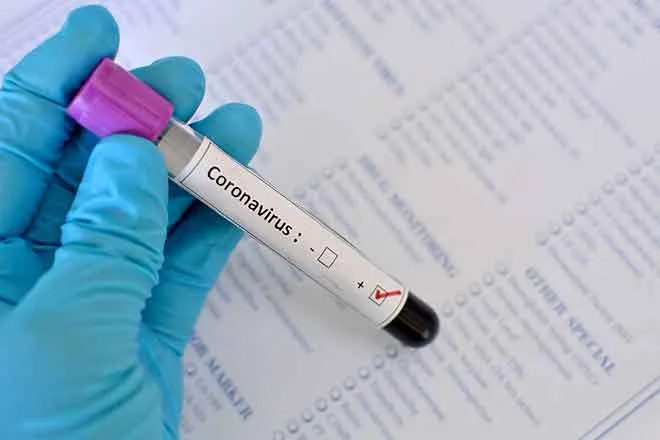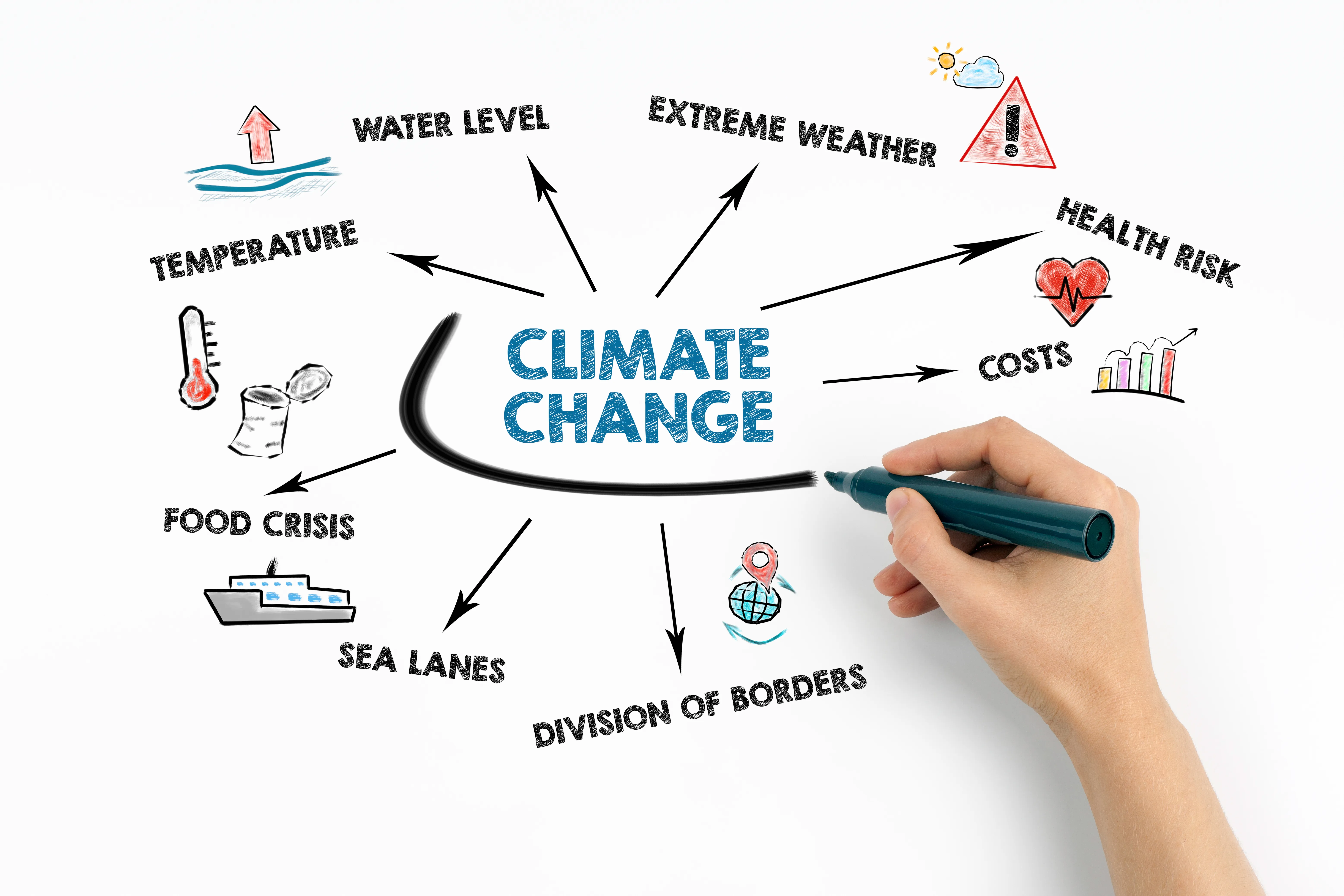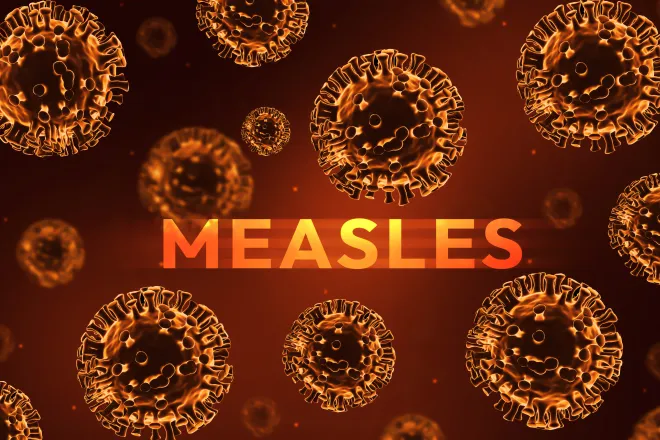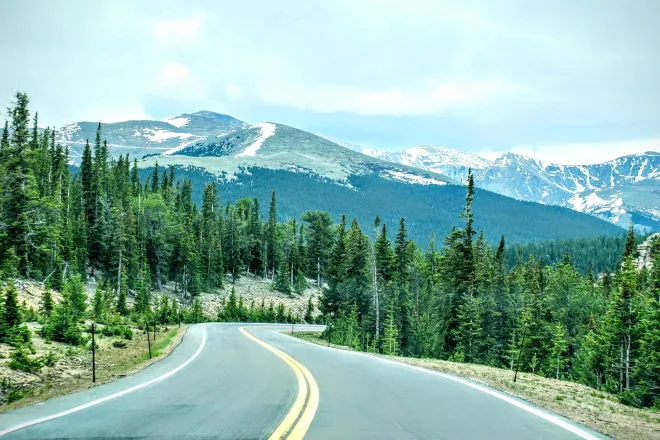
The Yonder Report: News from rural America - October 30, 2025
© Dean_Fikar - iStock-503150251
News from rural America.
States like Vermont are learning the hard way that FEMA funds for natural disasters are not guaranteed, folks in the Adirondacks' Lake George have developed a model for reducing salt runoff and microplastics are common in Minnesota's waterways.
TRANSCRIPT
For the Daily Yonder and Public News Service, this is the news from Rural America.
Rural communities counting on federal relief after a disaster.
Are navigating a changing world.
President Donald Trump has said he wants to phase out FEMA and has so far rejected nearly a dozen state requests for disaster declarations. including Vermont's request following flooding in July.
Jennifer DiCicero is with the Carnegie Endowment for Peace.
No federal assistance is going to come into a state, unless the declaration request has been approved.
In cases like Vermont, all FEMA grants and contracts over $100,000 have to be approved by Homeland Security Secretary Christy Nome.
But Wyndham Regional Planning Commissioner Chris Campani says just replacing a damaged culvert can cost that much or more.
Some of our town annual budgets may be less than a million dollars.
So you have a thunderstorm cell sit on top of you and blow out culverts and damage a bridge.
You may have your entire town damage result from just one isolated cell.
Campani is pushing to reform the state's management of waterways and diversify emergency relief funding.
Ten years after launching a road salt reduction initiative, The town of Lake George in the Adirondacks is seeing significant results and other rural areas are following suit, Susannah Brown reports.
A steady rise in salt runoff threatened not just the lake's water quality, but, as Daily Yonder reporter Madeleine DeFiguredo explains, local plumbing and aquatic life.
Road salt runoff creates pollutants in the tributaries that then filter into the lake.
They have been seeing increased chemical levels, specifically of sodium, chloride and calcium.
Improved technology like automated spreaders and road weather monitoring systems Along with strong municipal partnerships, allowed for cutting salt use while still keeping roads safe.
They've been training up various stakeholders on how to use these technologies and to better calibrate how much road salt is used and to reduce the amount of runoff.
Over 20 towns in the U.S. and Canada have adopted programs modeled on Lake George's.
I'm Susannah Brown.
Exposure to microplastics can have serious health effects, and Minnesota researchers found a lot in the state's waterways.
Environment Minnesota volunteers identified the tiny plastic particles In all 40 of the lakes, rivers, and streams they tested.
The groups Caitlin Rolfe says there were no signs of waste surrounding the waterways. suggesting microplastics are to blame.
And now we know that they have been found in forty lakes and likely exist in many, many more.
The threat of microplastics has some cities trying to modernize their wastewater treatment to better remove it.
Rolf says it's something the public should take seriously.
Microplastic pollution is not an over-there problem, it's a right-here problem.
And we don't have the luxury of carrying a not-in-my-backyard attitude.
For the Daily Yonder and Public News Service, I'm Roz Brown.
Rural Stories visit dailyyonder.com
















